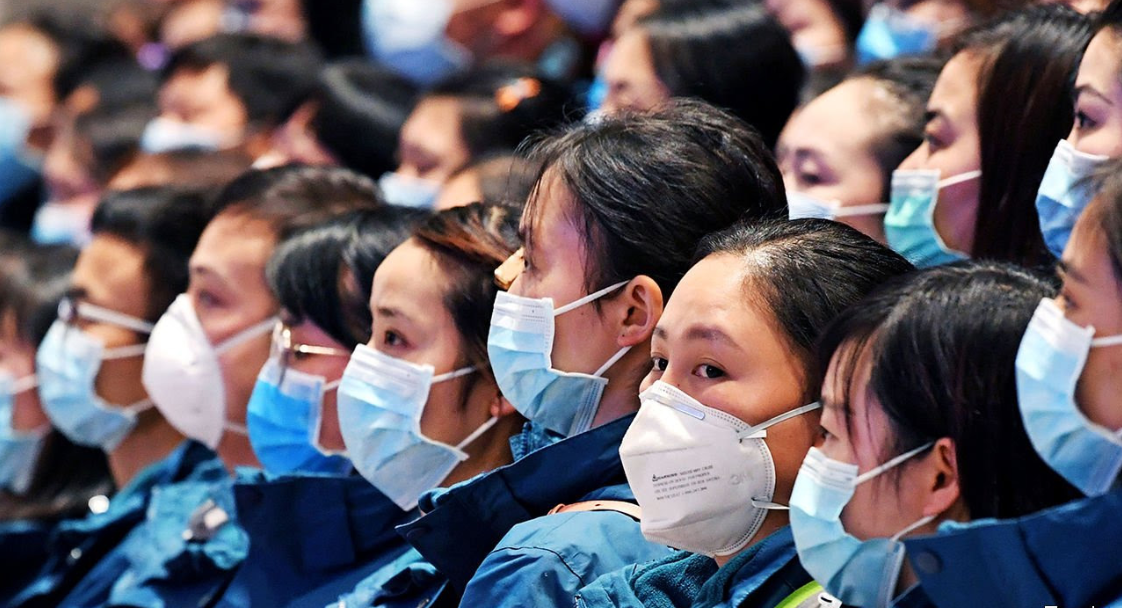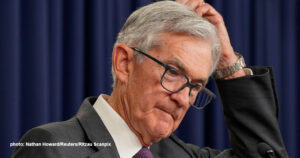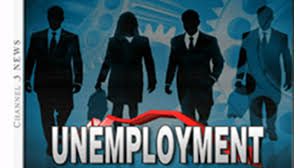ABN Amro har analyseret den kinesiske økonomiske genopretning og forklarer, hvorfor Kina klarer selve viruskrisen og den økonomiske nedtur langt bedre end Europa og USA – netop mens en ny coronabølge vokser i Europa og USA, og mens Europa risikerer en ny lockdown. Mens Vesten har valgt stimuli-pakker, som styrker efterspørgselen, dvs. forbruget, har Kina valgt det modsatte: at støtte udbuddet, dvs. produktionen, f.eks. med infrastrukturprojekter. Det har gjort det muligt for industrien at komme på benene langt tidligere end i Vesten, også på eksportmarkederne. Desuden har Kina bekæmpet selve virusudbredelsen langt mere effektivt end de vestlige lande.
Why has China’s recovery been stronger?
In our view, the key factor explaining China’s outperformance stems from the fact that the country has been successful in getting the pandemic under control relatively quickly, even though it was the origin of covid-19 in late 2019.
That success is a function of effective policy (lockdowns and other security measures, track and trace and extensive testing) and a different governance model with for instance softer privacy laws enabling the use of advanced IT-infrastructure.
Experience with past epidemics also plays a role, as the authorities were better prepared in terms of stockpiles of medical supplies and action plans.
Community discipline (self-quarantining, wearing face masks and general adherence to social distancing) is also a crucial factor.
China has also experienced second waves, but so far these have been quite small relative to the size of the population (but also in absolute terms) as the authorities have generally reacted swiftly and decisively to keep contagion in check. Although second waves have had some effects on the local level, they have therefore so far hardly hampered the overall macro-economic recovery from the initial covid-19 shock.
What also contributes to China’s quick recovery is the effective, targeted engineering of government support.
Whereas in western countries, support has been particularly directed at the demand side, in China the focus has been on the supply side.
That has facilitated China Inc in restarting for the global market earlier than its competitors. In addition, China’s exports have in a way profited from the pandemic, as exports of medical supplies outperformed and so did exports of computers/tech products (reflecting the global shift to working from home).
China is relatively strong in many of these industries. All this was visible in solid Chinese exports, even though global growth and trade underwent a lockdown-related collapse in Q2.
China Macro: Back to 5% annual GDP growth in Q3 –
Although coming in a bit below consensus expectations including ours, China’s GDP data published this morning show that the world’s second largest economy was already back to almost 5% annual growth in Q3 (+4.9% yoy, vs +5.5% expected and +3.2% in Q2).
That is impressive, given that China faced a historic, covid-19-driven contraction in Q1 (-6.8% yoy). Quarterly growth in Q3 came in at 2.7% qoq (consensus: +3.3%, and after a surge in Q2: +11.5%).
China’s recovery from the covid-19 shock has been led by industry and by the supply side, but – with a lag – domestic demand is also rapidly normalising. That was illustrated by the monthly data for September that were published today as well.
Industrial production accelerated by 6.9% yoy in September (consensus: 5.8%, August: 5.6%). Retail sales growth rose to 3.3% yoy (consensus: 1.6%, August: 0.5%). Urban fixed investment improved to 0.8% yoy ytd (consensus: +0.9%, August: -0.3%).
Although the catch-up effects from the covid-19 collapse in Q1 have clearly faded compared to Q2, growth momentum remains strong as we head into Q4. All in all, China is still on track to be the only key economy for which we expect positive annual growth this year, of around 2%.
That contrasts sharply with the annual contractions of almost 5% and 7.5%, respectively, that we expect for the US and the eurozone this year. Indeed, while the eurozone is also expected to see a strong post lockdown quarter (in the eurozone’s case Q3), the economy looks to have lost momentum during that quarter and is set to contract in Q4.








